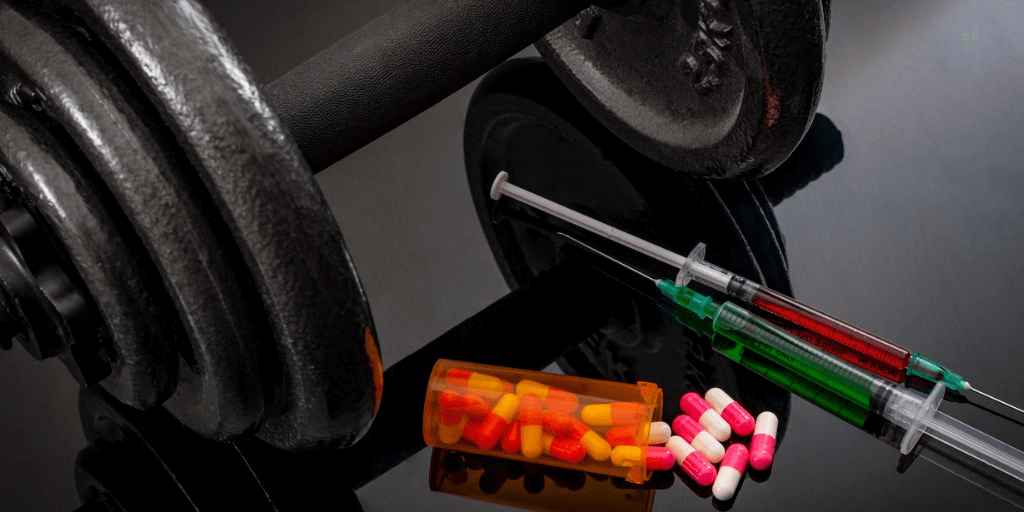Steroids and supplements: Navigating adolescent and young adult use of appearance and performance-enhancing drugs and substances for health professionals

Support adolescents and young adults with informed, harm-reduction approaches to APEDS use across medical, mental health, and substance use settings.
This interactive training will explore the growing use of appearance- and performance-enhancing drugs and substances (APEDS), such as whey protein, creatine monohydrate, and anabolic-androgenic steroids, among adolescents and young adults, particularly boys and young men.
Adolescents and young adults frequently use APEDS to promote muscular development, strength, and physical performance, often in pursuit of the idealized muscular body. Despite perceptions that legal dietary supplements like protein supplements are safe, research reveals significant physical and psychosocial harms associated with their use. These include medical complications, body image distress, and problematic substance use patterns.
The largely unregulated landscape in Canada, alongside widespread promotion on social media, further elevates the risks for young users. Additionally, recent trends indicate that the use of anabolic-androgenic steroids is more common than perceived. With users often experiencing uninformed clinicians and stigma in healthcare settings. Without appropriate harm reduction interventions, young people often use APEDS without medical oversight, which can negatively impact their health and well-being.
The training aims to enhance participants’ knowledge of APEDS use, including prevalence trends, motivations, risk factors, and adverse outcomes. Participants will also explore multidisciplinary screening and treatment approaches, grounded in harm reduction principles. The facilitator will emphasize interactive learning throughout the session.
Learning objectives:
- Define at least 5 types of APEDS and accurately describe their intended purposes in the context of muscular development, strength enhancement, and recovery.
- Identify 3–5 psychosocial and environmental risk factors that contribute to APEDS use among adolescents and young adults, as well as 3–5 adverse physical, psychological, and social effects associated with APEDS use.
- Integrate medical, mental health, and substance use perspectives to create assessment and treatment protocols that support adolescents and young adults who use APEDS, focusing on holistic health, well-being, and harm reduction.
Register now to gain essential knowledge and tools to assess and support adolescents and young adults using APEDS—while applying a holistic, harm-reduction approach in your practice.



